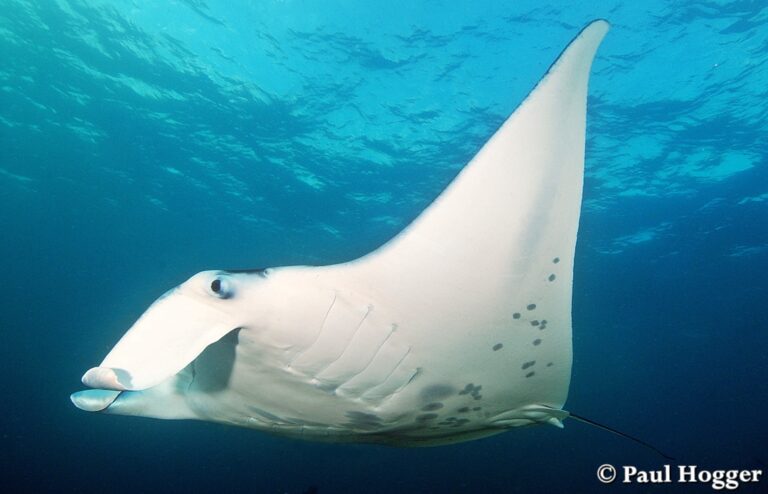
Jellyfish. Love them or hate them, they are bizarre but interesting aquatic animals to photograph. With an estimated 2000 species worldwide, they can be found in every ocean around the planet in a considerable range of sizes.
The Acclaimed and Recently Closed Koror Jellyfish Lake
One area that is quite popular for photographing jellyfish are the many jellyfish lakes found throughout the Northern Pacific and Asia. Of those the most notable used to be the Koror Jellyfish Lake in Palau. Sadly, the lake was closed to tourists in 2017 due to a rapid decline in jellyfish numbers apparently linked to an increase in the lake’s salinity levels. [2019 Update: The Jellyfish Lake in Palau has reopened in 2019].
Prior to the drought in 2016, the lake had approximately 2.7 million Golden Jellyfish. Both species within the lake have no nematocysts or stinging cells. Their isolation from predators over thousands of years resulted in the loss of their ability to sting. Because of the lake’s high concentrations of hydrogen sulphide at depths greater than 15m/50ft, scuba diving is not permitted. It was challenging to photograph them in the lake using snorkelling gear only. But after walking the steep and sometimes slippery limestone trail from the boat jetty, up and over the densely forested hill, and down to the lake’s foreshore with your camera and snorkelling gear, the last thing you’d want to do is have a scuba pack as well!
Jellyfish Heaven
During our extended stay in Palau, we watched excited photographers swim out to the center of Jellyfish Lake (where the densest population of jellyfish are during the daytime), get their photos, and return directly to the floating pontoon on the lake edge.

With calm conditions, patchy cloud cover, and the sun high overhead, some great photos from about 3m/10ft are achievable. By staying shallow and looking up, it eliminates the green color-cast that the lake produces when photographing down or at depths below 3m/10ft.
Shoreside Opportunity
In our opinion what visitors to the lake missed by swimming straight out and back was the amazing shore. The available structure can be used as terrific photo backgrounds. With the forested sides of the lake offering wind protection, the surface conditions can be very calm close to the edge. There is an abundance of mangroves, fallen trees, and overhanging foliage that offer many different photo opportunities. There are less jellyfish around the perimeter during daylight hours, but concentrating on just one or two in the frame with a unique background can result in an eye-catching image. After a few days of experimenting, we found the Nikon 12-24mm lens was best suited for the task but a Tokina 10-17mm fisheye lens also worked well.
Other Jellyfish Lake Opportunities
Despite the unfortunate circumstance at Koror Lake, there are some fantastic jellyfish lakes in Asia. We used the same techniques utilizing structure around the shoreline when we visited a series of jellyfish lakes in southern Raja Ampat in West Papua. The jellyfish are a different species with longer tentacles. Due to the lakes being open to the sea, some can sting you if you are not careful! With more time (and less camera carrying than in Palau) we could experiment with different lenses and tried the Tokina 10-17mm fish eye, Nikon 12-24mm wide angle and even a 60mm macro lens with its greater speed.
Conclusion
Whilst the world’s most iconic Jellyfish Lake has closed for now, don’t fret because there are others – just not yet as well known and sadly not as easily accessible, particularly for day visitors. If you are lucky enough to experience a jellyfish lake, try some photography around the shoreline with structure in the frame.
But don’t leave a jellyfish lake right until the end of your visit otherwise you’ll want to return with more time….[2019 Update: The Jellyfish Lake in Palau has reopened in 2019].
Book Your Trip to Palau
Our sister company Bluewater Dive Travel has lots of experience booking dive trips to Palau and 40+ other amazing scuba diving destination worldwide. So if you want help planning your trip, drop them a line at info@bluewaterdivetravel.com.
- Learn more about diving PalauLearn more about Bali Hai Diving Adventures
- View availability of liveaboards in Palau
- See the best dive resorts in Palau
























